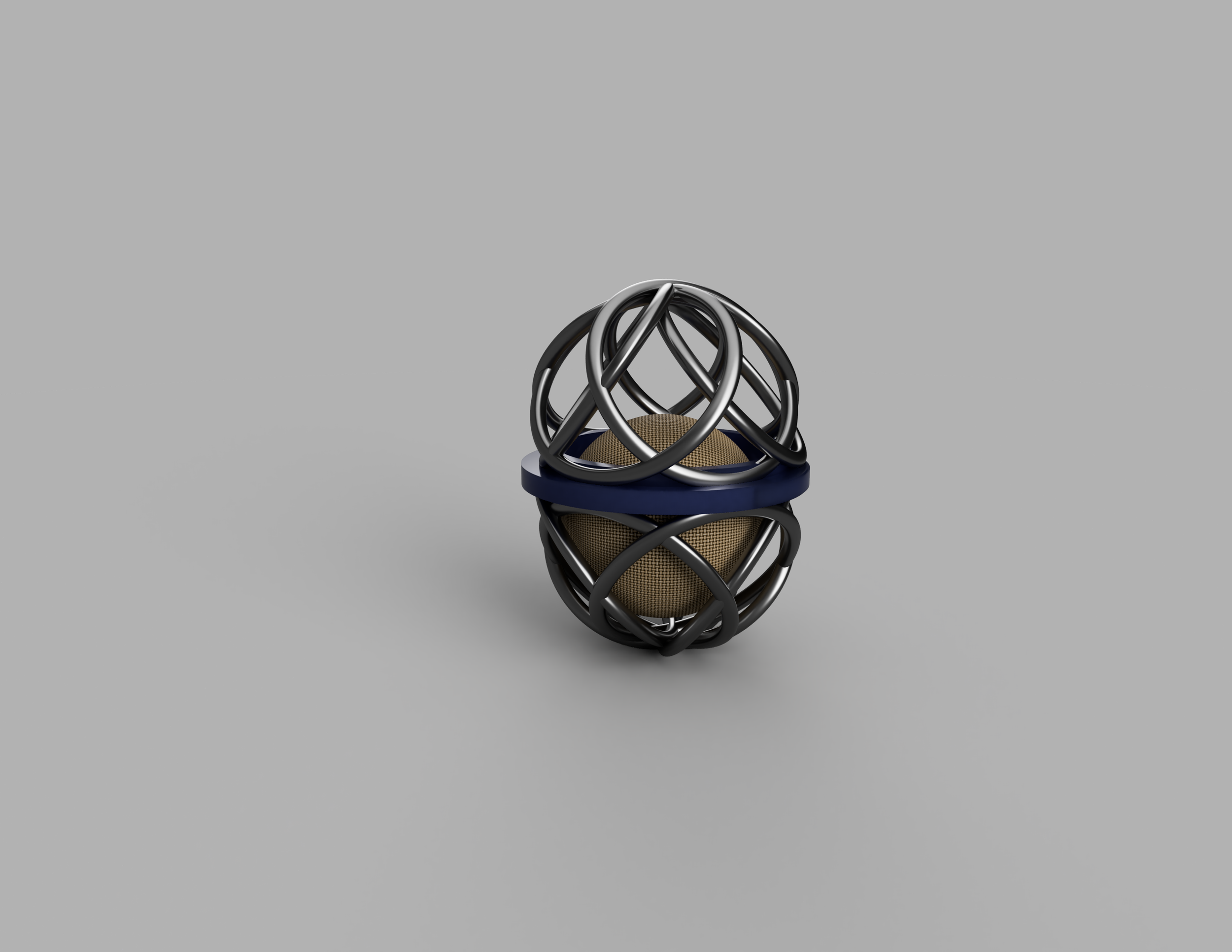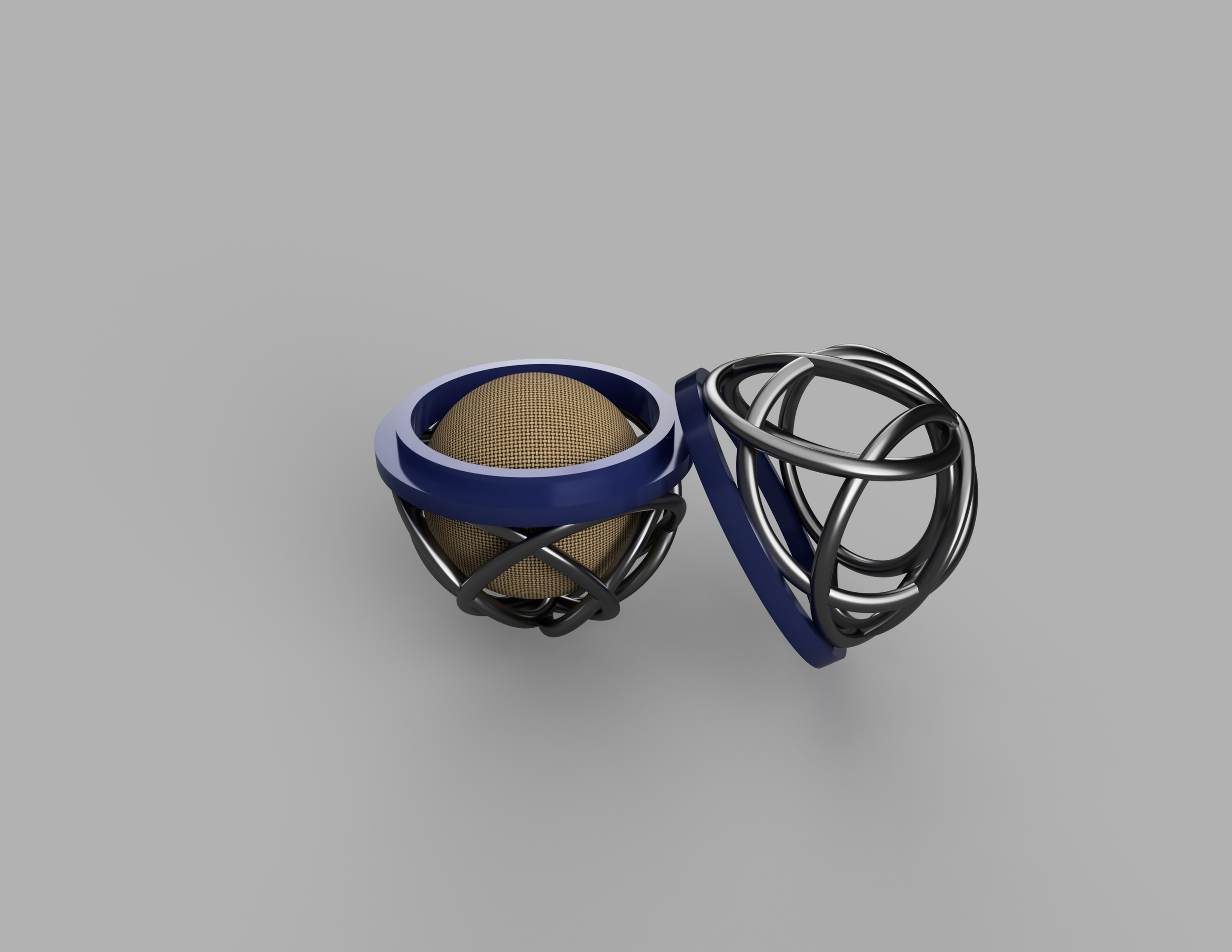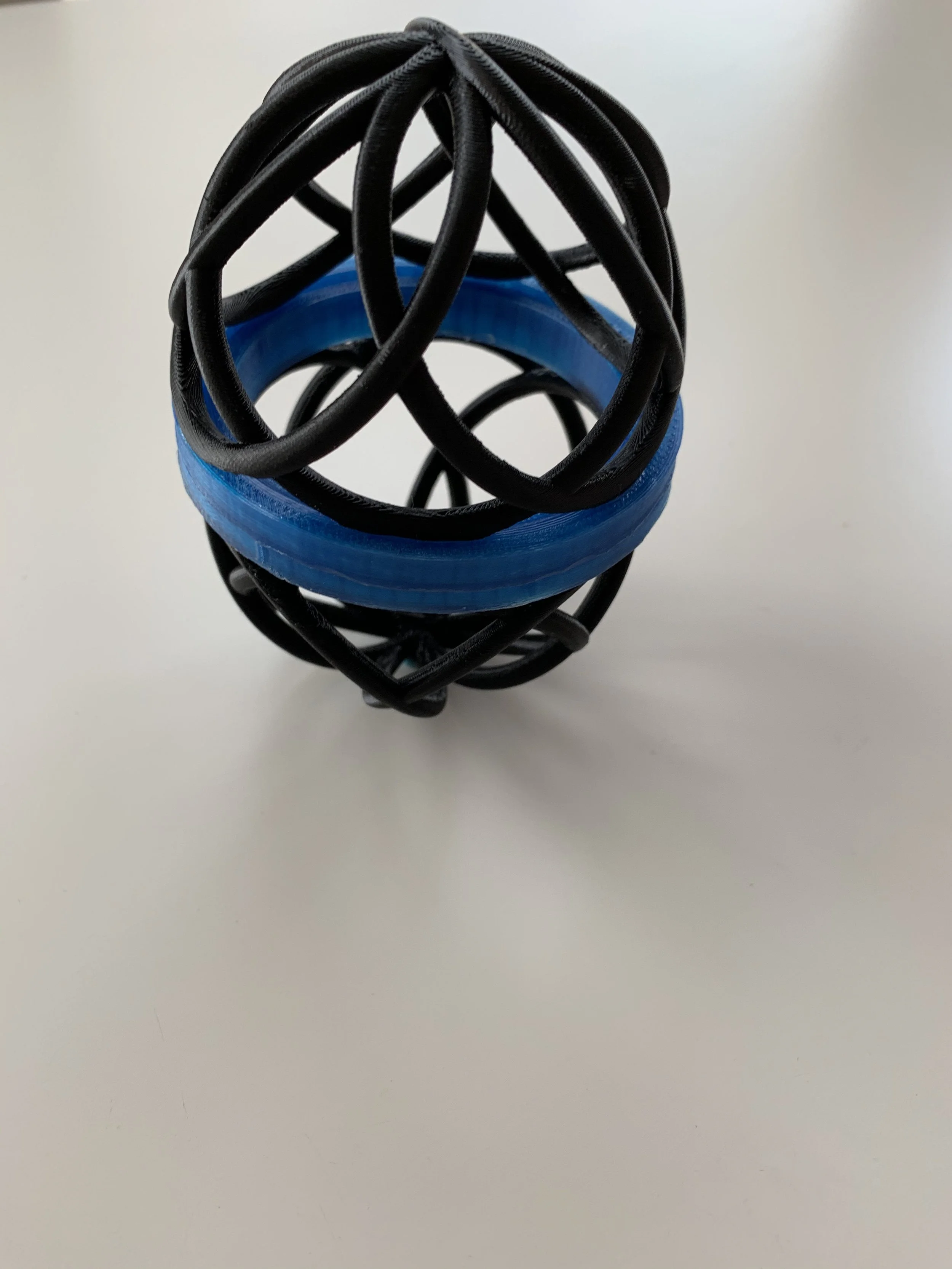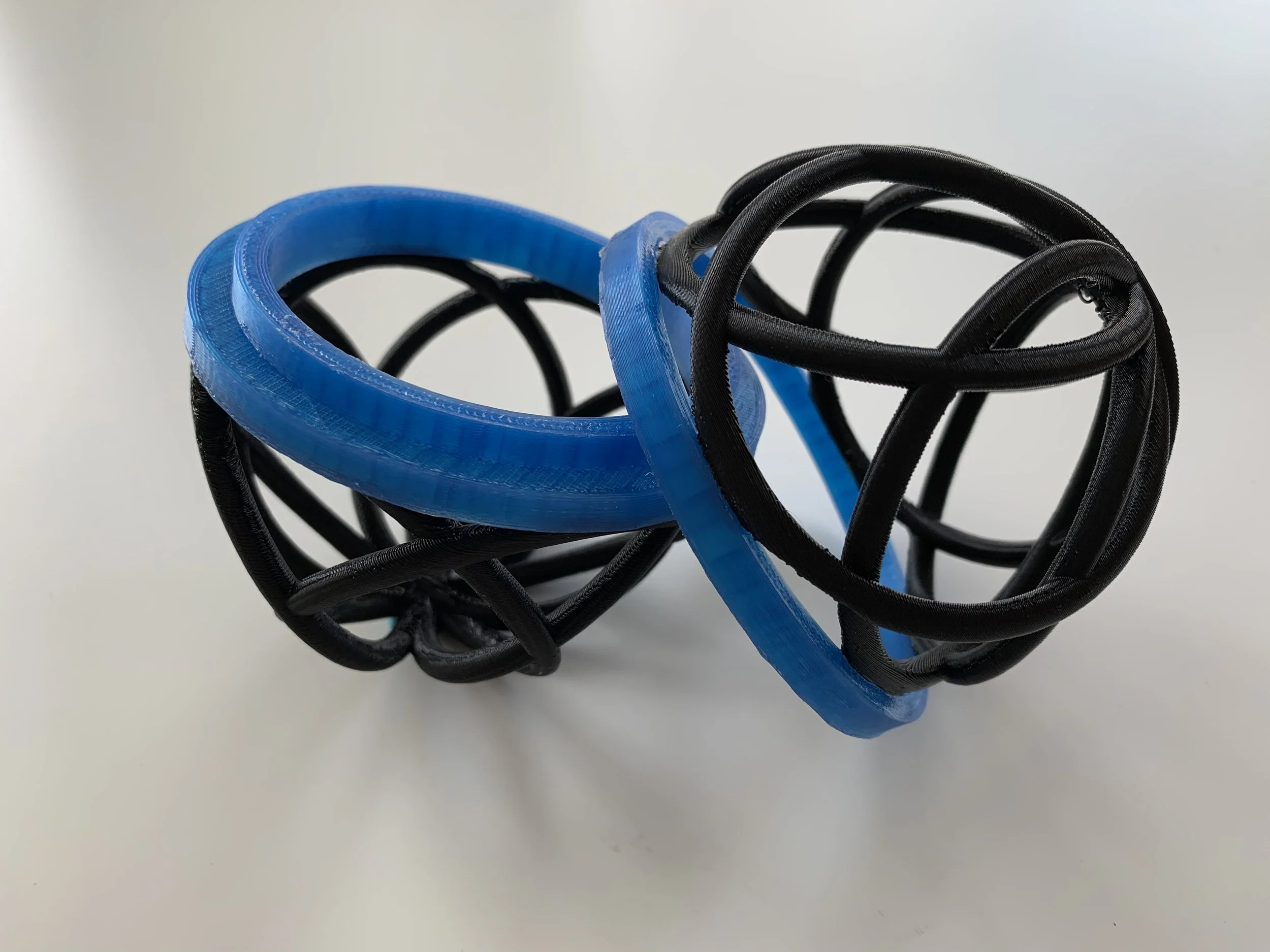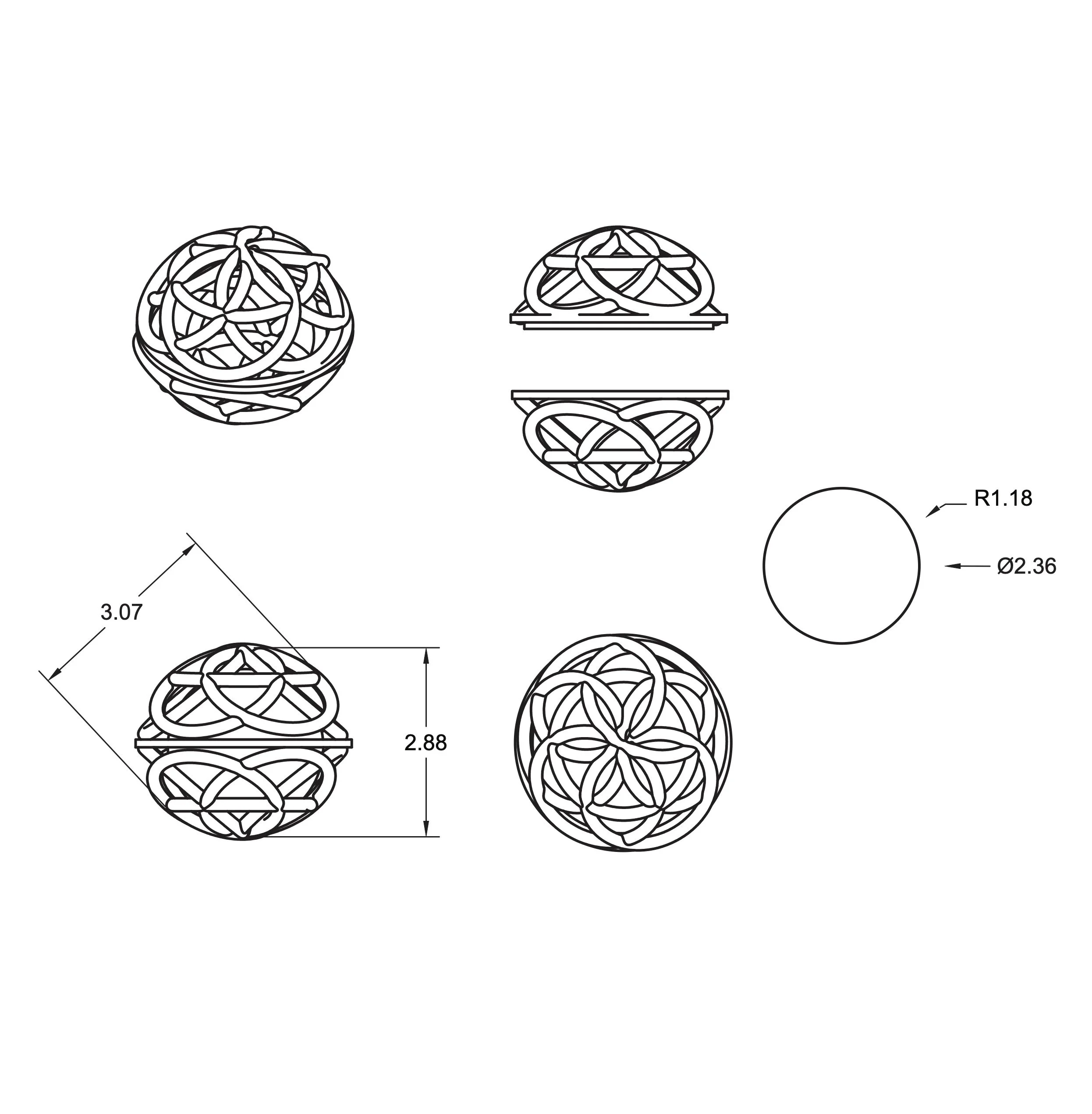Hydro Hero:
Water Purification and Oil Spill Cleanup
This product was the result of applying Kaltenbach’s "system-intervention ideation methodology," to design a solution for oil spill contamination using a chemical by-product of the insect, the Asiatic Rhinoceros Beetle. In addition to ridding local water supply of crude oil, this product further purifies the water for local residents to consume.
Biomimetic Design
The Hydro Hero is a water filtration device that targets toxic hydrocarbons found in oil-contaminated water. In its third instar stage, the Asiatic Rhinoceros Beetle produces a gut bacterium called Bacillus Subtilis. This particular bacterium contains properties that actively break down and consume hydrocarbons. What remains is carbon dioxide - a chemical compound essential for an aquatic ecosystem to thrive.
Research proved to find a small village in Nigeria - Bodo’s Village, has the highest number of recorded mangrove loss due to crude oil (hydrocarbons) contamination. Bodo’s Village therefore became the focus area.
Design Intervention
Using a systems approach to ideation, this design intervention no doubt required further research into the local customs and water practices of Bodo’s Village. Water procurement is carried out by the female residents using large buckets held on their heads.
This process inspired a second design intervention of the Hydro Hero: creating small, individual products that each woman can drop in their buckets to purify the water during the time it takes to return home from the water source.
Meaningful Design
The final piece of this project was adding a design element to the product that holds cultural and philosophical significance. Rather than leave the product in the design it required to successfully carry out the dissolution of hydrocarbons, I integrated an external pattern inspired by the “flower of life”. This pattern would appear on the external cage of the Hydro Hero, as well as the exterior of the local shipping container where residents would go to pick up their replacement.
The life cycle of a HydroHero is a few months. At that time, users can bury the product where it will continue to remove hydrocarbons from the soil until fully biodegrading after several weeks.
Research & Process
Research was crucial to the success of this project. It took substantial research and creativity to fully understand an insect’s chemical by-product and its potential application, while simultaneously designing a form that will carry out the function of the by-product in an environmental and cultural context:
I chose the beetle because the chemical by-product of their Bacterium - holding properties that break up oil - had not yet been commercialized.
The local customs and cultural significance played a major role in the finalized design, utilizing the Flower of Life after researching the local culture and customs.
This research was later encapsulated in data visualizations to portray the myriad of connections within the greater system.
Product development: Holding prototypes (3D printed) encouraged design changes.
Programs Used
Adobe Photoshop, Adobe Illustrator, Adobe InDesign, Fusion 360 (3D Modelling)
Skill Development
Developed a systems approach to ideation to understand how a design solution be created both within and by the system.
Practiced skills to develop engaging data visualization and speculative design propositions.
Develop and implement processes of data analysis to calculate logistics: transportation scale, oil spill proportions and the ratio of needed Basilucum etc.
Developed high proficiency in 3D prototyping using Fusion 360.
Major Takeaway
This project introduced me to a systems approach of design. It broadened the scope of my knowledge of design and its interdisciplinary potential.
Integrating a culturally significant and relevant design on top of the functional and technological form became an integral aspect of the final product. I will continue to consider context beyond form and function in future design applications.
Prototypes and Renderings




